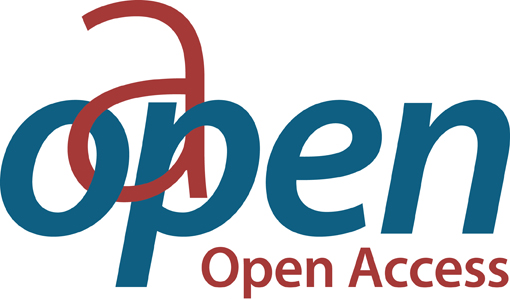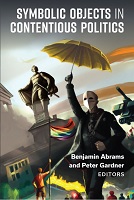Symbolic Objects in Contentious Politics
External Review of Whole Manuscript
| dc.contributor.editor | Abrams, Benjamin | |
| dc.contributor.editor | Gardner, Peter | |
| dc.date.accessioned | 2023-04-06T09:03:47Z | |
| dc.date.available | 2023-04-06T09:03:47Z | |
| dc.date.issued | 2023 | |
| dc.identifier.uri | https://library.oapen.org/handle/20.500.12657/62293 | |
| dc.description.abstract | When we observe protest marches, striking workers on picket lines, and insurgent movements in the world today, a litany of objects routinely fill our field of vision. Some such objects are ubiquitous the world over, like flags, banners, and placards. Others are situationally unique: Who could have anticipated the historical importance of a flower placed in the barrel of a gun, a flaming torch, a sea of umbrellas, a motorist’s yellow vest, a feather headdress, an AK-47, or a knitted pink hat? This book explores the “stuff” at the heart of protests, revolutions, civil wars, and other contentious political events, with particular focus on those objects that have or acquire symbolic importance. In the context of “contentious politics” (disruptive political episodes where people try to change societies without going through institutions), certain objects can divide and unite social groups, tell stories, make declarations, spark controversy, and even trigger violent upheavals. This book draws together scholars from a variety of fields to discuss symbolic objects in contentious politics: their meanings, uses, functions, and social responses. In bringing these phenomena together, this book offers a serious, distinctive, and cohesive theoretical contribution that draws upon diverse scholarly work in order to form the building blocks for future inquiry in the field. The aim is not merely to “close the gap” in the literature, but to create space in the field for further and more fruitful inquiry. | en_US |
| dc.language | English | en_US |
| dc.subject.classification | thema EDItEUR::J Society and Social Sciences::JP Politics and government | en_US |
| dc.subject.classification | thema EDItEUR::J Society and Social Sciences::JP Politics and government::JPV Political control and freedoms | en_US |
| dc.subject.classification | thema EDItEUR::J Society and Social Sciences::JP Politics and government::JPV Political control and freedoms::JPVH Human rights, civil rights | en_US |
| dc.subject.other | Social movements, contention, contentious politics, protest, revolution, insurrection, objects, stuff, material culture, semiotics, streets, walls, graffiti, feathered headdress, Indigenous Americans, LGBTQ, rainbow flag, masks, bodywork, signatures, G20, fire, self-immolation, Mohamed Bouazizi, Thick Quang Duc, martyrdom, anti-austerity, Estado Novo, Salazar, police brutality, Che Guevara, Mekaps, shoes, weapons, flags, Occupy, Kurdish movement, Turkey, Syria, Iraq, Iran, Portugal, Nigeria, Biafra, Lebanon, Arab Spring, Middle East, North Africa, Tunisia, USA, Canada, UK | en_US |
| dc.title | Symbolic Objects in Contentious Politics | en_US |
| dc.type | book | |
| oapen.identifier.doi | 10.3998/mpub.11722857 | en_US |
| oapen.relation.isPublishedBy | e07ce9b5-7a46-4096-8f0c-bc1920e3d889 | en_US |
| oapen.relation.isFundedBy | b818ba9d-2dd9-4fd7-a364-7f305aef7ee9 | en_US |
| oapen.relation.isbn | 9780472075973 | en_US |
| oapen.relation.isbn | 9780472055975 | en_US |
| oapen.collection | Knowledge Unlatched (KU) | en_US |
| oapen.pages | 330 | en_US |
| peerreview.anonymity | Double-anonymised | |
| peerreview.id | d98bf225-990a-4ac4-acf4-fd7bf0dfb00c | |
| peerreview.open.review | No | |
| peerreview.publish.responsibility | Scientific or Editorial Board | |
| peerreview.review.decision | Yes | |
| peerreview.review.stage | Pre-publication | |
| peerreview.review.type | Full text | |
| peerreview.reviewer.type | External peer reviewer | |
| peerreview.title | External Review of Whole Manuscript | |
| oapen.review.comments | The proposal was selected by the acquisitions editor who invited a full manuscript. The full manuscript was reviewed by two external readers using a double-blind process. Based on the acquisitions editor recommendation, the external reviews, and their own analysis, the Executive Committee (Editorial Board) of U-M Press approved the project for publication. |

